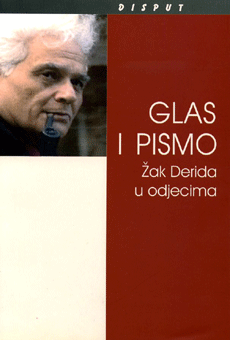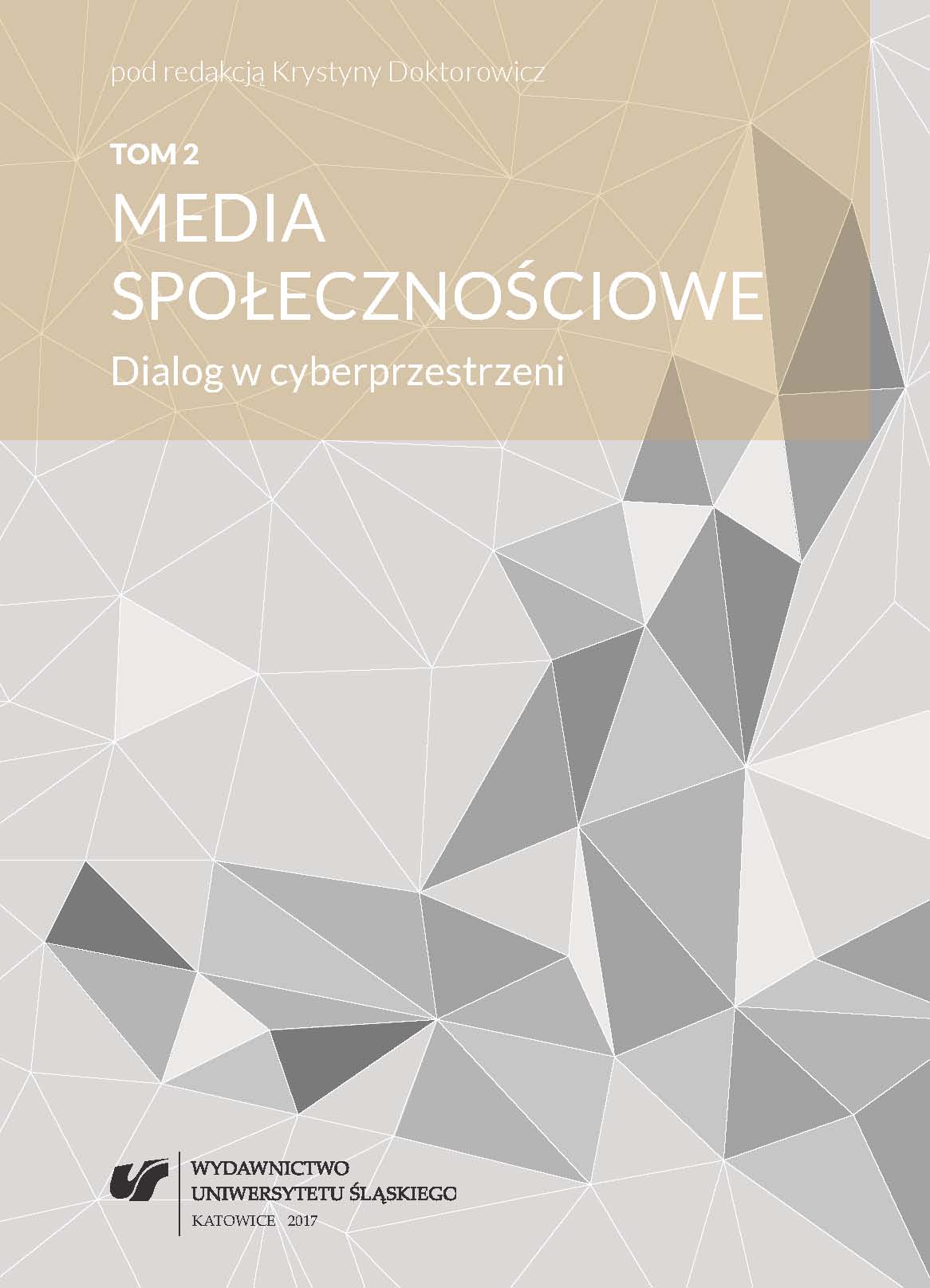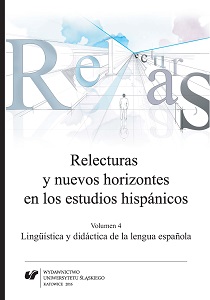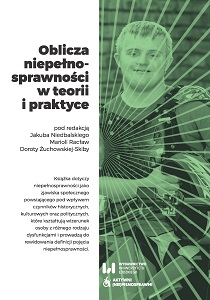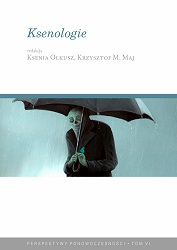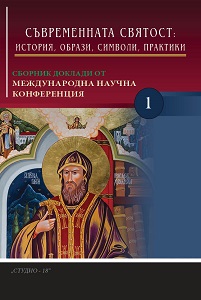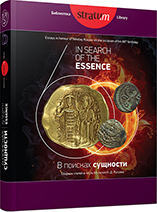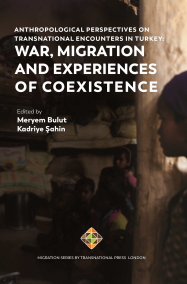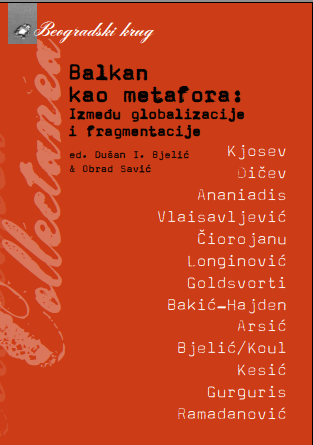
Uvod
Jedan uporni paradoks provlači se i održava kroz većinu negativnih stereotipa samozvanog Zapada: Drugi je beznadežno drukčiji, fragmentiran i podeljen iznutra i to u tolikoj meri da na kraju svi ti narodi deluju radikalno slično. Ko može da razabere tolike različitosti? Lakše je sve ih otpisati kao iste.
More...
